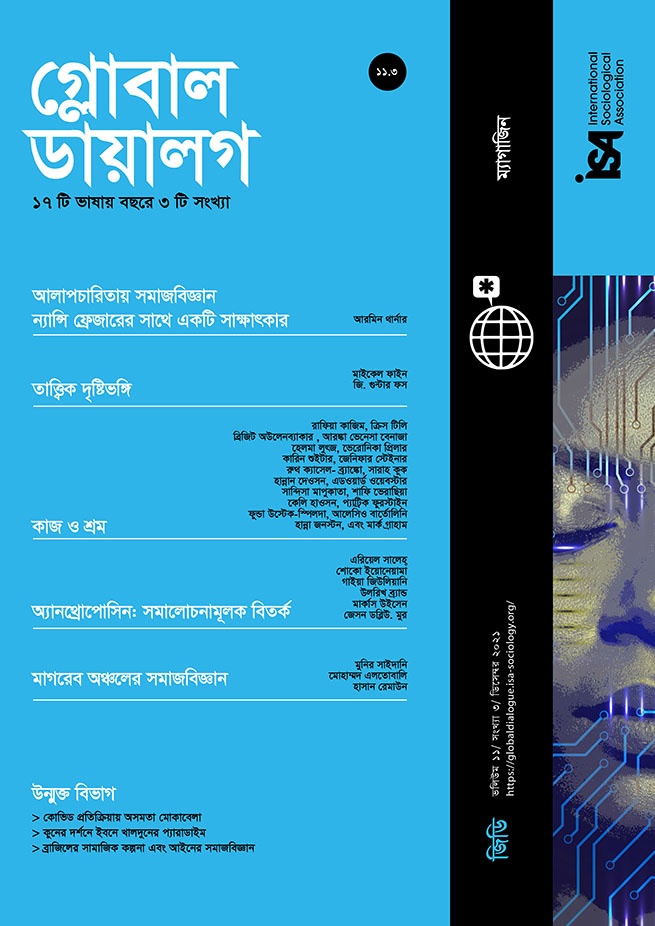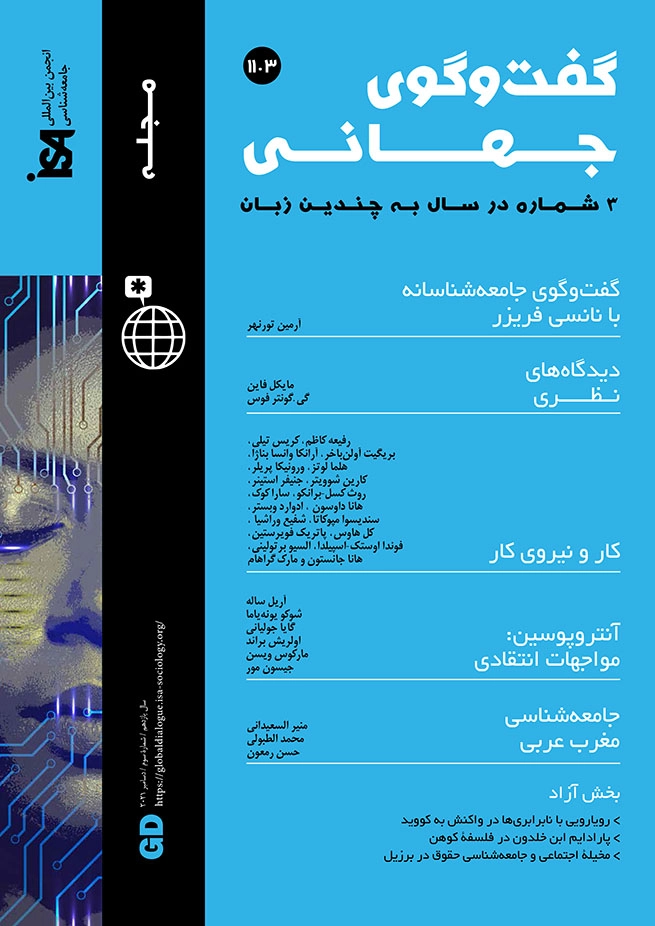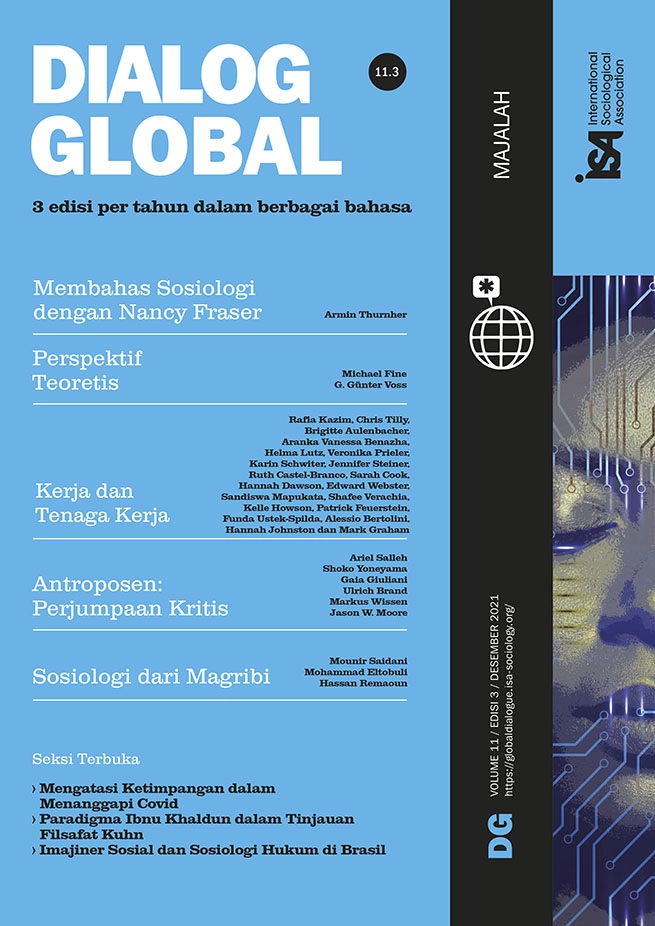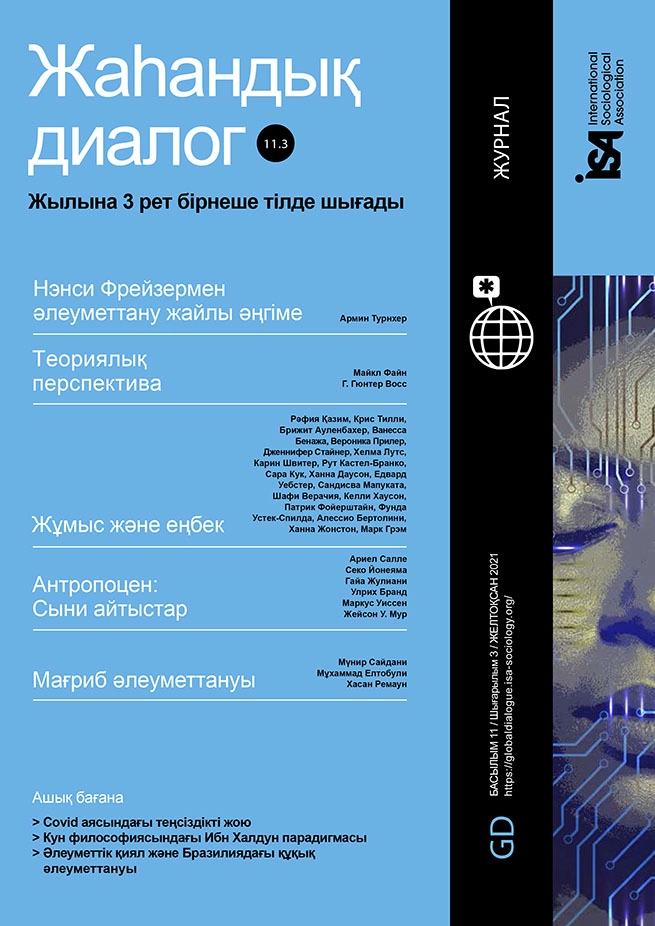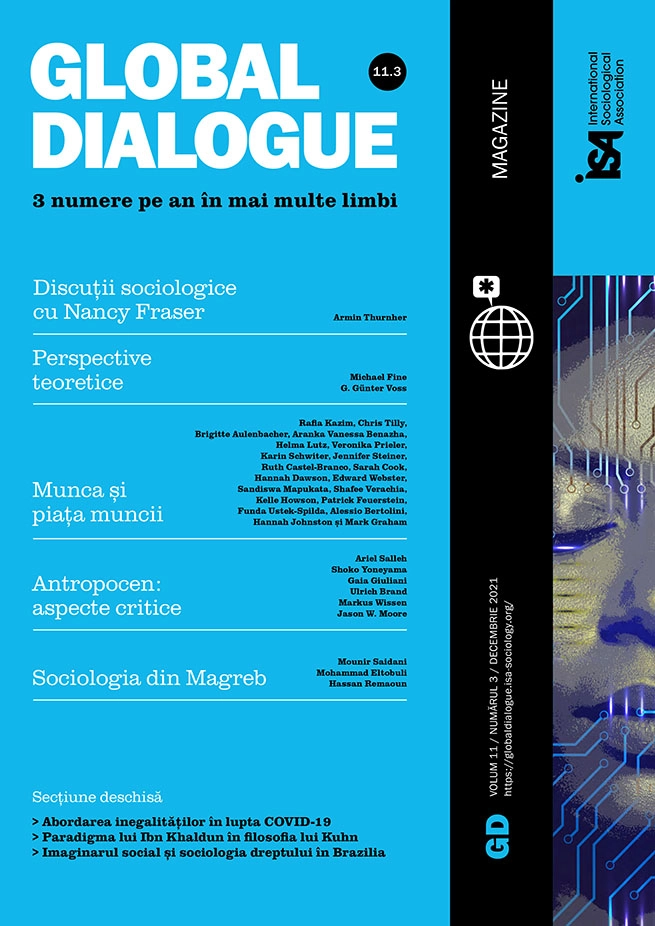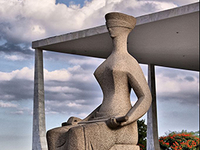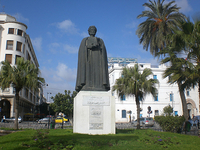Addressing Inequalities in the Covid Response
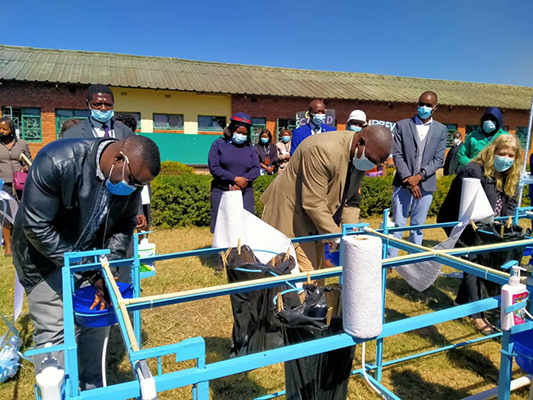
November 05, 2021
When the first case of COVID-19 was announced in Zambia in early April 2020 the flurry of commentaries on social media pointed to the fact that the disease was thought by many to only affect certain sectors of society and not others. The fact that the person had just arrived from a holiday in Europe fueled the perception that the more affluent were the ones who were susceptible to this new disease whilst the masses had some level of immunity. As the first wave progressed it was evident that the most affected were indeed from the more affluent communities. This made it difficult for public health messages to penetrate unplanned settlements and rural areas as the question one would be asked was “have you ever seen anyone who died from COVID-19?” Without tangible evidence the pandemic remained a hoax to many. Others protested that it was just a way for government to get donations.
The second wave
The second wave was not much different and the conspiracy theories raged on. All the while the general public in low-income communities paid little heed to public health warnings. Wearing a mask was considered unnecessary and in some regions of the city those wearing masks were considered as the ones who were spreading the virus. It was clearly a case of a tale of two cities, as one part wore masks whilst the other did not. Whilst Covid responses and actions were going on at the national level, it was hard to see what was taking place on the ground, at the grassroots in the unplanned settlements. What was being done to prepare these densely populated areas for the subsequent waves of the pandemic? This is where the Lusaka Water Security Initiative (LuWSI) comes in. LuWSI is a multi-stakeholder collaborative system involving the public and private sector, civil society, community-based organizations (CBOs), and local and international NGOs. LuWSI’s aim is to attain “water security for all and to support a healthy and prosperous city.” The initiative, started in 2016 through the support of the German Corporation for International Cooperation (GIZ) Natural Resources Stewardship (NatuRes) Programme, has grown to a membership of 30 partners. The partners have their own mandates but strive to work together to improve water security in the city.
Grassroots response to Covid
When the Covid cases started rising in the country in mid-2020, the partners in LuWSI started considering ways in which they could contribute to improved hygiene practices in low-income communities considering that Covid required increased use of water and the purchase of extra soap and sanitizers. Low-income communities were already stretched by day-to-day livelihood struggles and COVID-19 was now presenting another cost at the household level. In response, different partners came up with various interventions and, despite the death rates being comparatively low in Zambia, continued upscaling their efforts and devising different methods of providing help to the underprivileged communities. The result has been several interventions carried out within the city of Lusaka. Activities like the cleaning and disinfecting of markets, provision of wash basins and soap, “hands-free” handwashing points, and raising awareness around Covid were some of the initial approaches.
The realization that school children in low-income communities were being left out of the messaging and interventions despite being potential carriers of the virus led to the launch of the “Safe Back To School Campaign” (SB2S) by the Lusaka City Council under the Green Schools Partnership Programme to provide outreach and support to over 100 schools around the city. The lead partners are WaterAid, the Lusaka City Council, the Ministry of Education, and the Ministry of Health. The SB2S campaign included training community members on home-based care, improving the COVID-19 response in schools, and hygiene promotion. Under this campaign, schools are being equipped with multiple “hands-free” handwashing stations to limit the possibilities of cross infection as school children wash their hands. The schools were also equipped with large water tanks to mitigate water shortages.
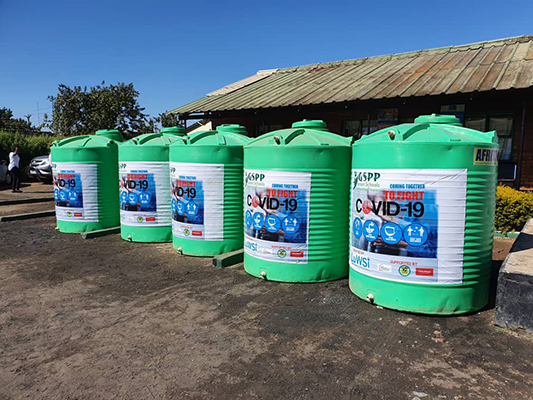
Another intervention carried out by LuWSI was the development of COVID-19 response plans at ward level. Ward Development Committees (WDCs) were trained in communication skills to enable them to tell their Covid stories in their neighborhoods. After the training of the WDCs, grassroots communities have been provided with PPE (personal protective equipment) materials as another ongoing intervention under LuWSI. Under this initiative the WDCs that participated in the development of COVID-19 response plans are being given items like gloves, cleaning agents, sanitizers, soap, chlorine, wheely bins, brooms, and water tanks.
Small steps to success
The interventions mentioned in this article may appear limited and small in scale. But when one asks what would have happened if LuWSI collaborative platform had not intervened in these low-income schools and communities, the answer is most likely “nothing.” Granted, the central government has made efforts to educate on the guidelines that should be followed under Covid. The government has also issued directives requiring schools and business premises to ensure that they supply adequate sanitizing or handwashing facilities but most schools service communities that cannot afford to pay for these additional requirements brought about by the pandemic. In this case LuWSI has been able to consolidate resources from different partners on the platform to provide the much-needed help in low- income communities. The collaborative platform has shown that other stakeholders can successfully assist central governments in the fight against COVID-19.
Wilma S. Nchito, University of Zambia, Zambia <wsnchito@yahoo.com>


